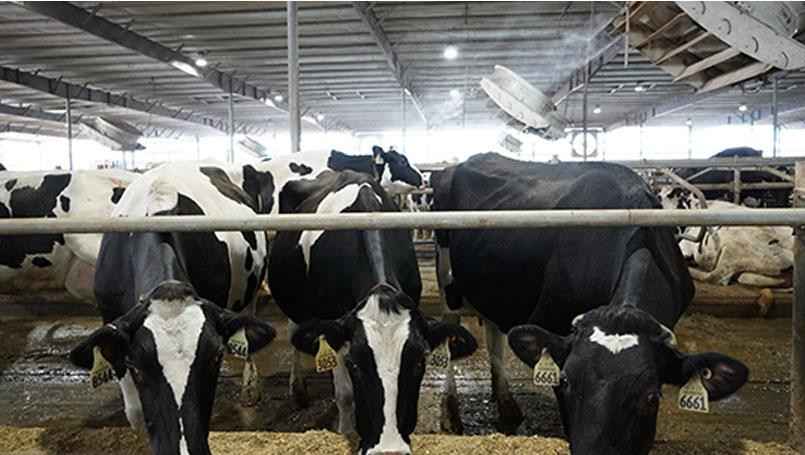Dry fog system technology is an innovative solution designed to control dust and particulate matter in various industrial applications. This technology operates by utilizing compressed air and plain water to generate micron-sized droplets. These droplets are essential for effectively capturing dust particles in the air.
The core principle behind dry fog systems lies in the process of agglomeration. When like-sized droplets collide with dust particles, they join together, forming larger particles. This agglomeration significantly increases the weight of the dust particles, causing them to fall back into the process through gravity. As a result, these larger particles become too heavy to remain suspended in the air, effectively reducing airborne dust levels.
One of the main advantages of dry fog systems is their efficiency in maintaining air quality without relying on excessive water, which can lead to wet conditions and additional cleanup. By producing very fine droplets, the system ensures that the moisture introduced into the environment is minimal, making it suitable for sensitive areas or processes.
Dry fog technology is widely applicable across various industries, including mining, construction, and manufacturing, where dust control is critical for safety and compliance. Its ability to effectively reduce airborne particles enhances workplace safety, protects equipment, and contributes to a healthier environment for employees.
In summary, dry fog system technology presents a reliable and efficient method for controlling dust through the use of compressed air and water, fostering improved air quality and operational efficiency in numerous industrial settings.

